Bladder endometriosis is a rare urological condition. However, the symptoms can be very debilitating and can have a huge impact on quality of life.
The condition is still very misunderstood, and women can often go for a huge amount of time before being diagnosed.
What is Bladder Endometriosis?
In endometriosis, the tissue that makes up the lining of the womb forms on other body organs. For those with bladder endometriosis, cells that would normally form in the womb can form outside the bladder. Often, they also burrow deeper within the walls of the bladder. Cells react the same way as they would in the womb, leading to blood becoming trapped in these organs. The condition can cause a huge amount of pain and discomfort for those suffering with it.
Bladder endometriosis can vary within two forms:
Superficial endometriosis- this is found on the outer surface of the bladder
Deeper endometriosis- this is found on the inside of the bladder lining or wall. This can cause a nodule, affecting the ureter
Common Symptoms of Bladder Endometriosis
- Pain when the bladder is full
- Painful bowel movements
- Severe stomach pain
- Fatigue
- Fertility Issues
- Bladder Urgency (urge incontinence)
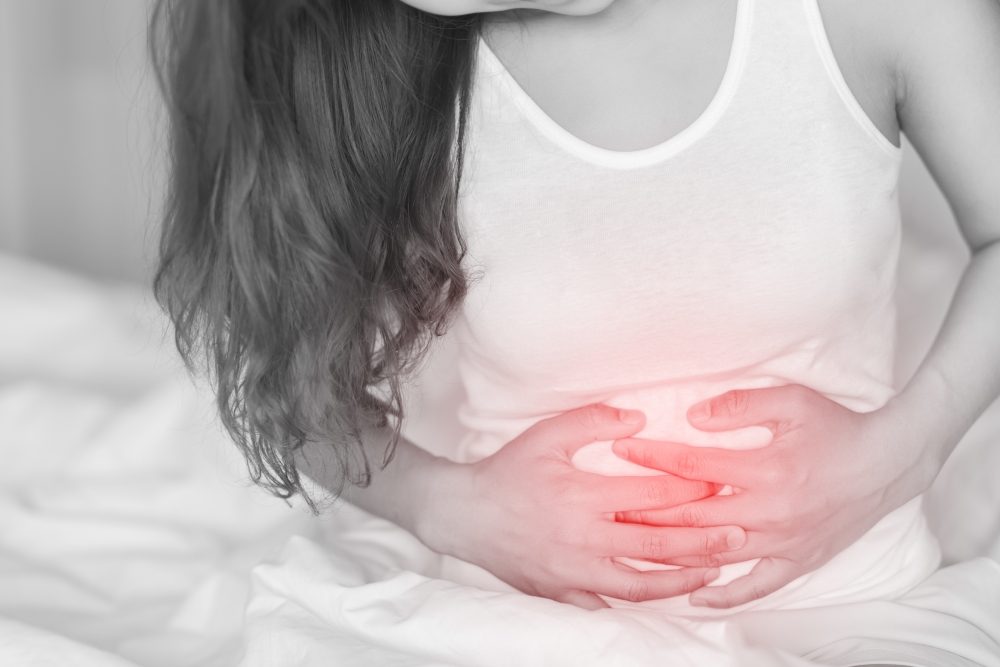
Incontinence and Bladder Endometriosis
For many professionals, association of bladder endometriosis with urinary incontinence does not have a simple explanation. However, we do know that trapped blood in your organs can cause painful symptoms, and can often cause inflammation. This pain can make it difficult to urinate or have a bowel movement. If your bladder is affected by endometriosis, you may experience an overactive bladder.
In addition to this, women with endometriosis may also experience painful bladder or urination symptoms. These problems include:
- Irritable Bowel Syndrome
- Bloating
- Constipation
- Diarrhoea
Incontinence is often the most embarrassing symptom to manage with bladder endometriosis. One woman with endometriosis states, “because of the endometriosis on my bladder, I suffer from incontinence. It catches me completely off guard sometimes, and to be honest, I’m mortified by it. I also know I’m not the only one who has this.” She goes on to explain how frequently problems such as stomach problems arise. She states “out of nowhere, you can have an upset stomach”.
The statistics
- 170 million women globally are affected by Endometriosis
- 1 in 10 women in the US are living with the disease; many struggle in silence
- Treating Endometriosis costs the US an estimated $119 billion annually
While these statistics are shocking, the average time between symptom onset and diagnosis is 10 years.
Do you Have these Symptoms?
If you have any of these symptoms, you should discuss them with a Doctor. They will then examine you for diagnosis with some of the following techniques:
- Ultrasound Urine Sample
- CT and MRI scan
- Vaginal Examination
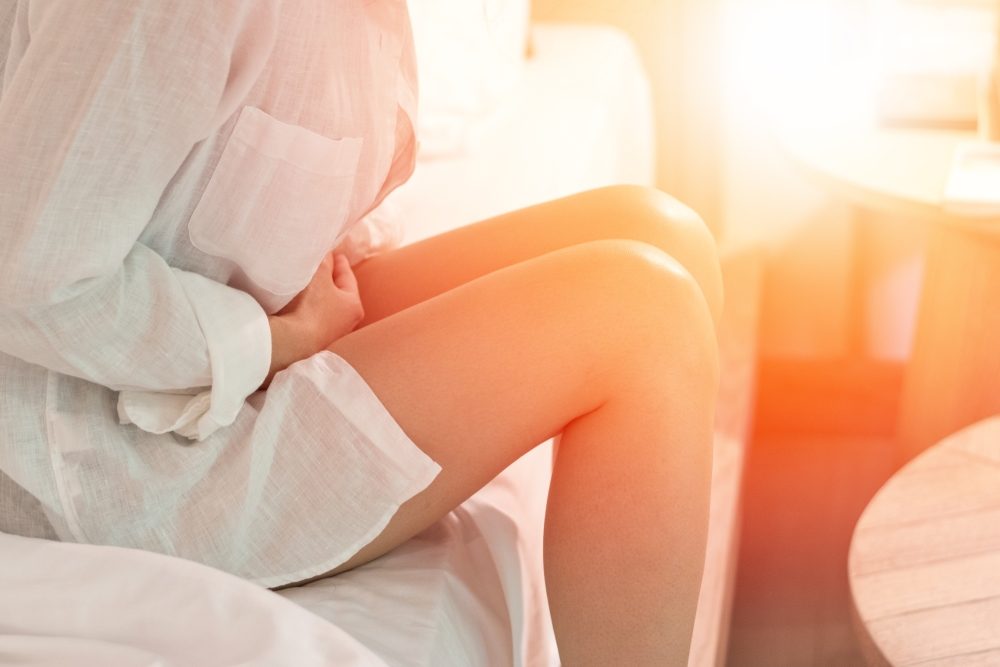
Treatment and Controversy
There is no current cure for endometriosis. However, symptoms can be controlled by medical treatment, such as through hormones and anti-hormones. The effectiveness of these, however, is still controversial. While some women report them to be effective, it is often argued by others that they have no effect.
Surgery is the most common treatment for those with bladder endometriosis. During surgery, a Doctor will remove tissue growing in the bladder. This surgery should relieve all symptoms. The most effective surgery for treating endometriosis is excision surgery. Studies have shown that women who undergo excision surgery have better long-term outcomes than other methods. However, many Doctors still do not acknowledge that this is the most effective method. There is still a lack of surgical skill in many places to properly perform excision. Excision surgery is still viewed as an investigational service by many insurance companies, contributing to the problem. Alternatives include laser vaporisation and diathermy; however, these are often less effective in the long term.
Complaints in the past have also recognised that there is not sufficient funding and research for treating endometriosis. Endometriosis sufferer Natalie Archer states, “the amount of funding received for this disease is much smaller when compared to others, which affect close to the same number of people”.
One method of managing pain that is successful for most individuals is seeing a physiotherapist regularly. Pelvic physiotherapists can help with reducing pain and improving bladder control. They can also help improve pelvic floor muscle function and help you increase your exercise. Painkillers can also be provided by your Doctor.

The Rise of Charities for Endometriosis
Australian model Natalie Archer has recently set up a charity called The Endometriosis Coalition, which is working towards educating health care professionals and the general public on endometriosis signs and symptoms so women are validated and receive earlier treatment. You can also visit https://www.endometriosis-uk.org/online-community for online support in managing endometriosis.
Recommended Light Incontinence Products
Attends Soft
- Comfortable Body Shaped Pads
- Textile Back Sheet
Range from £1.08 to £8.14
Shop on Incontinence Supermarket
TENA Comfort Mini
- Small, reliable pads
- Ultra White Dry System
Range from £2.85 to £6.12
Shop on Incontinence Supermarket
iD Expert Light
- Maximum Discretion
- Camomile extract top surface
Range from £1.64 to £4.75
Shop on Incontinence Supermarket
Recommended Heavy Incontinence Products
Originally posted 2019-05-02 11:28:03.

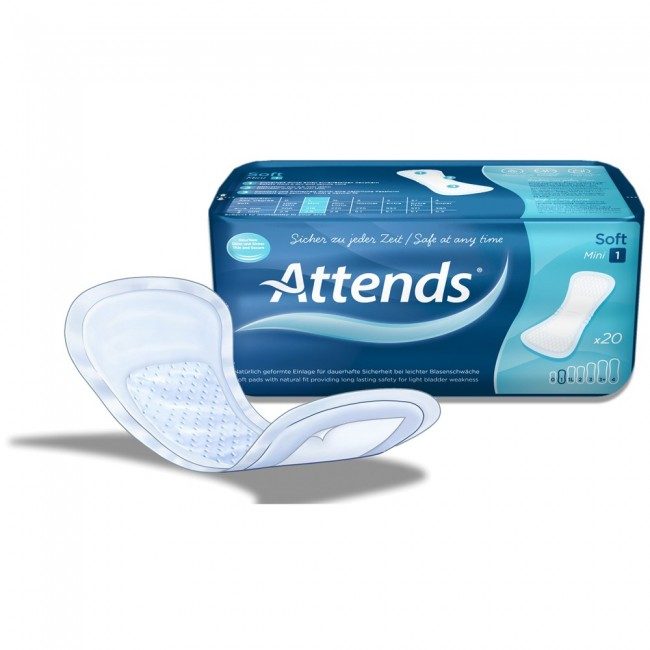
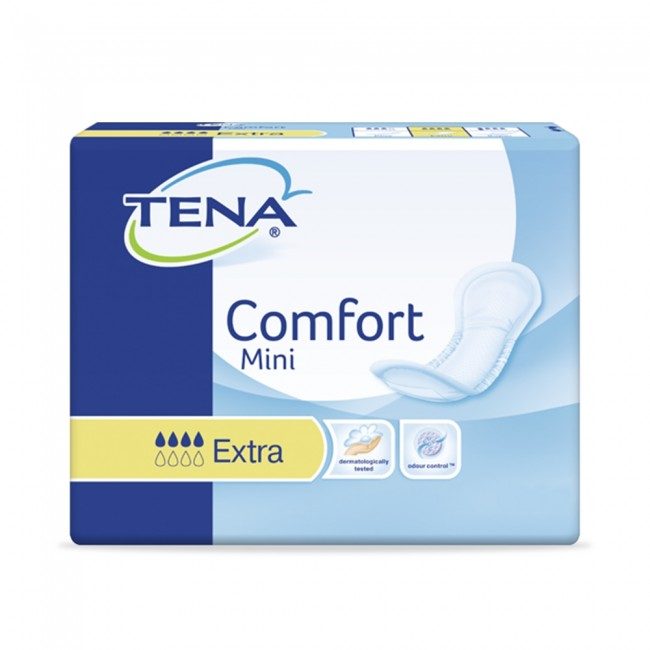
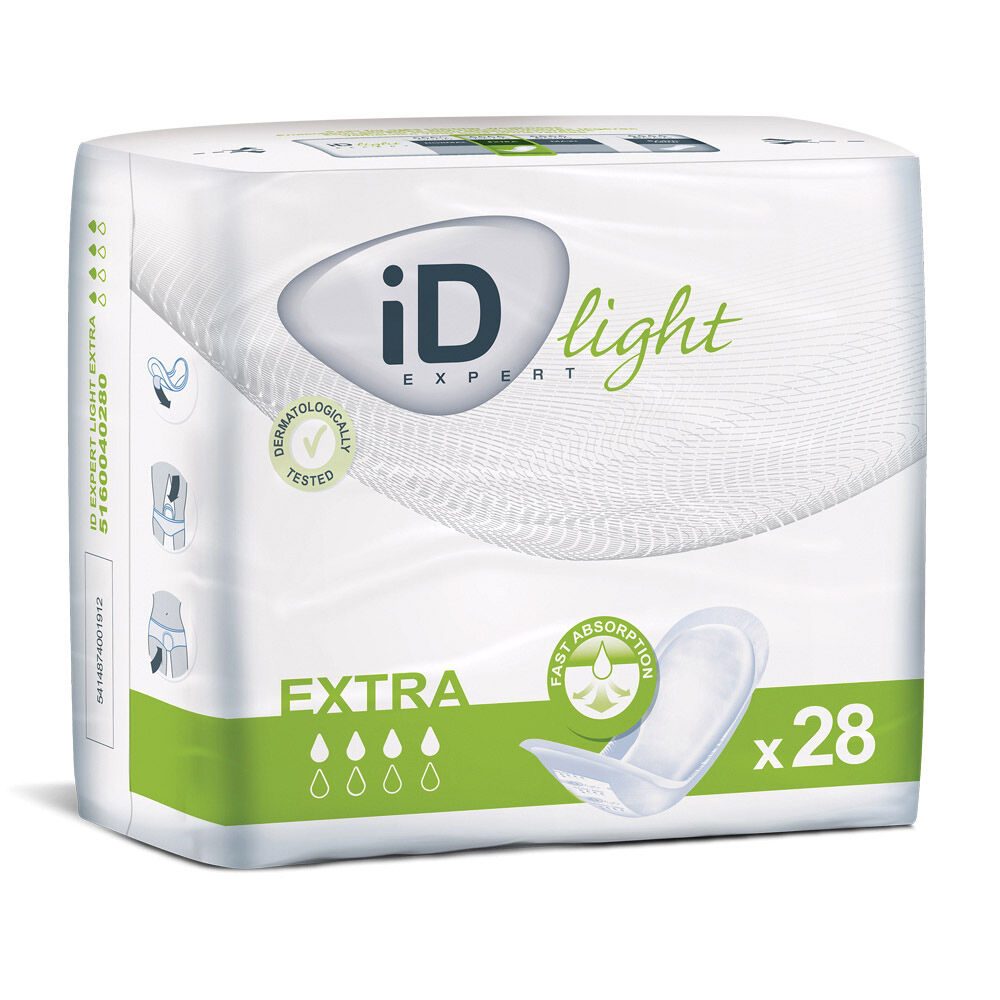
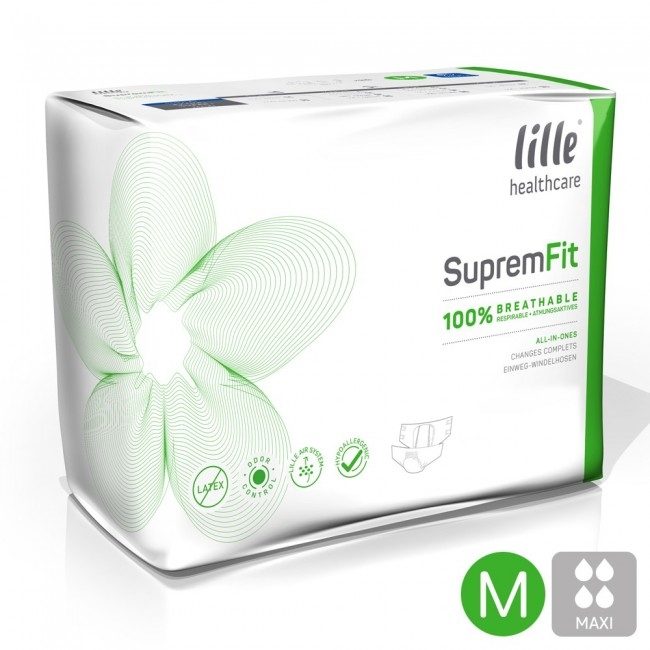
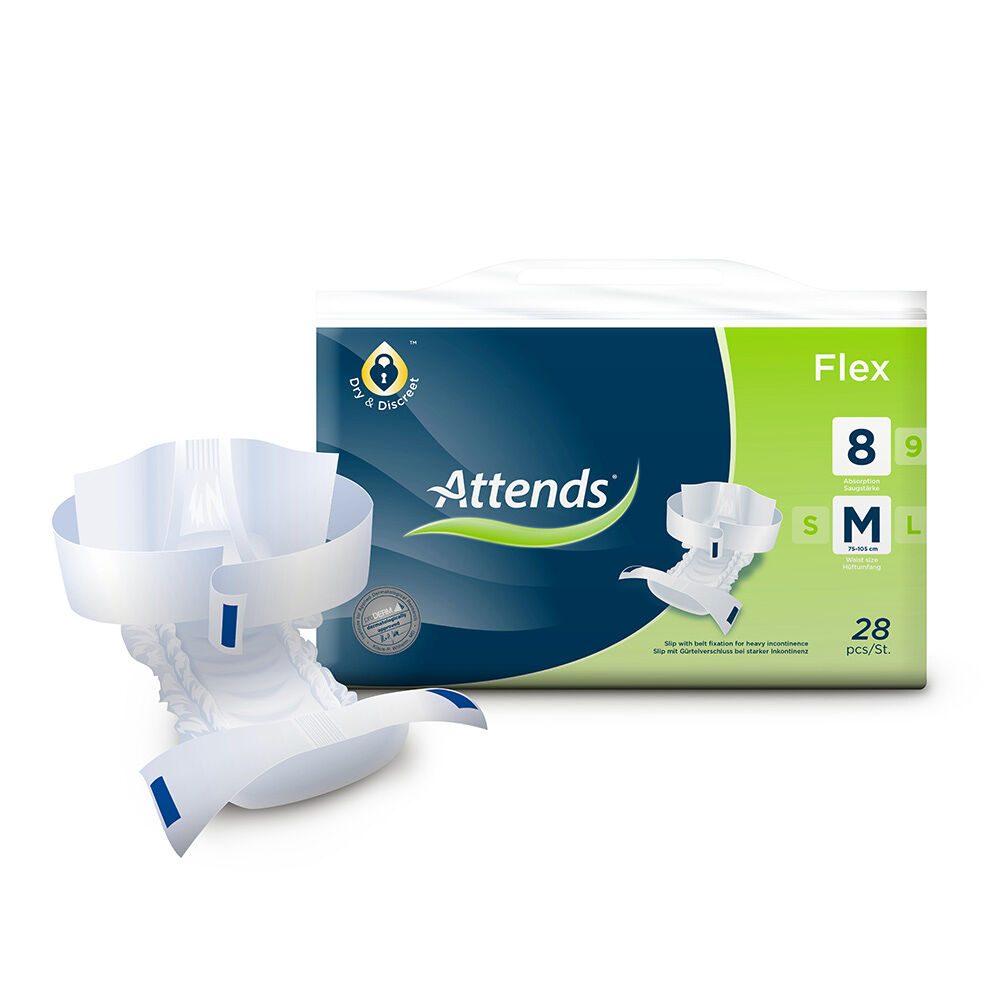
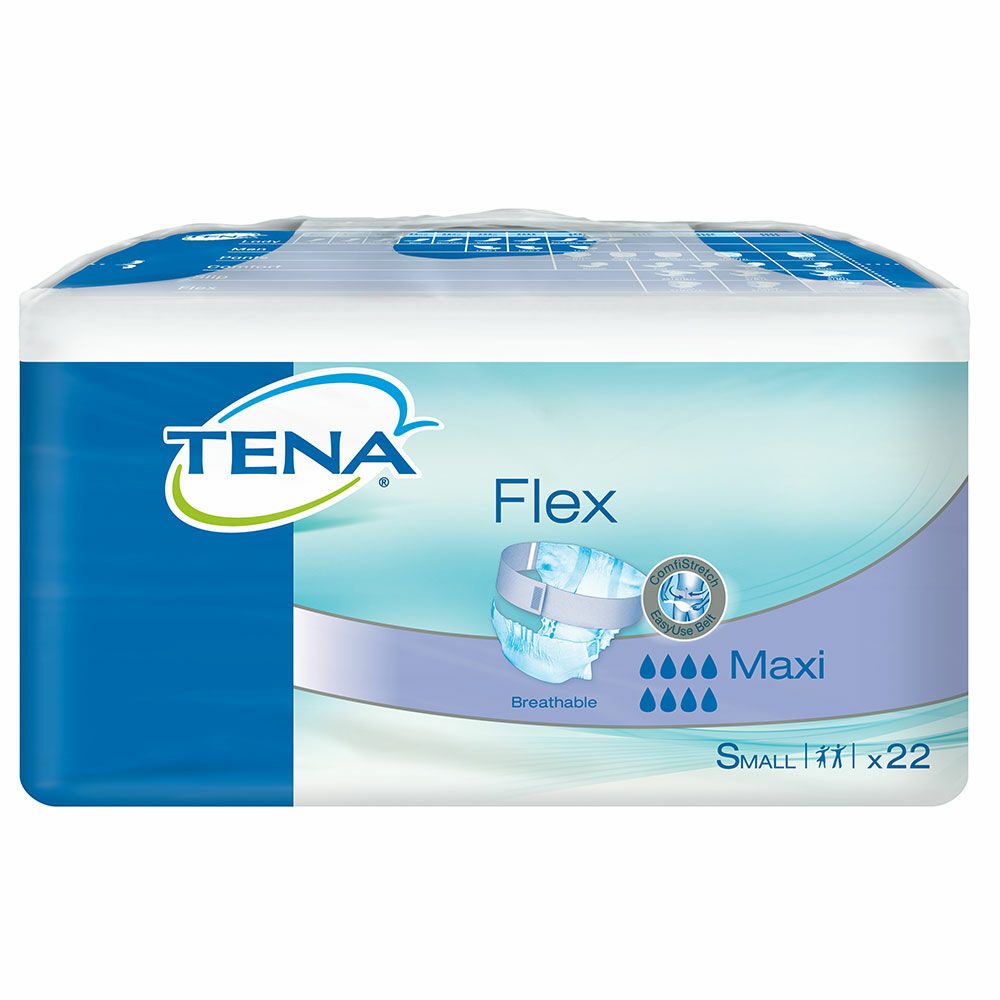


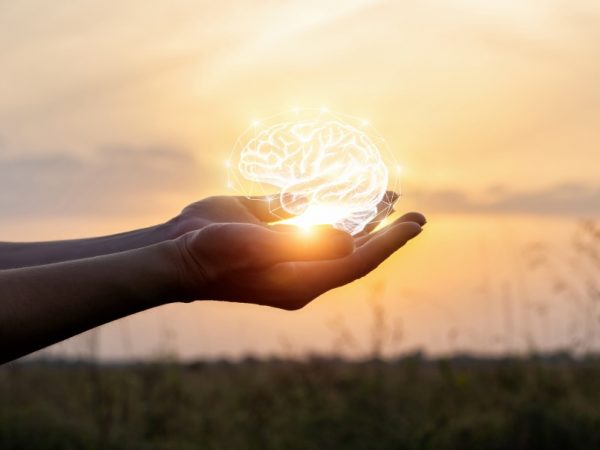

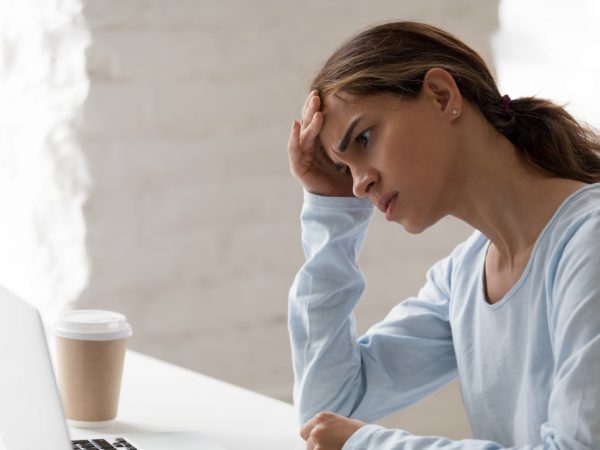

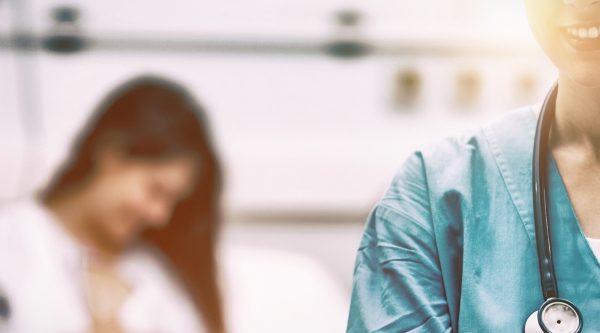




Leave a Reply